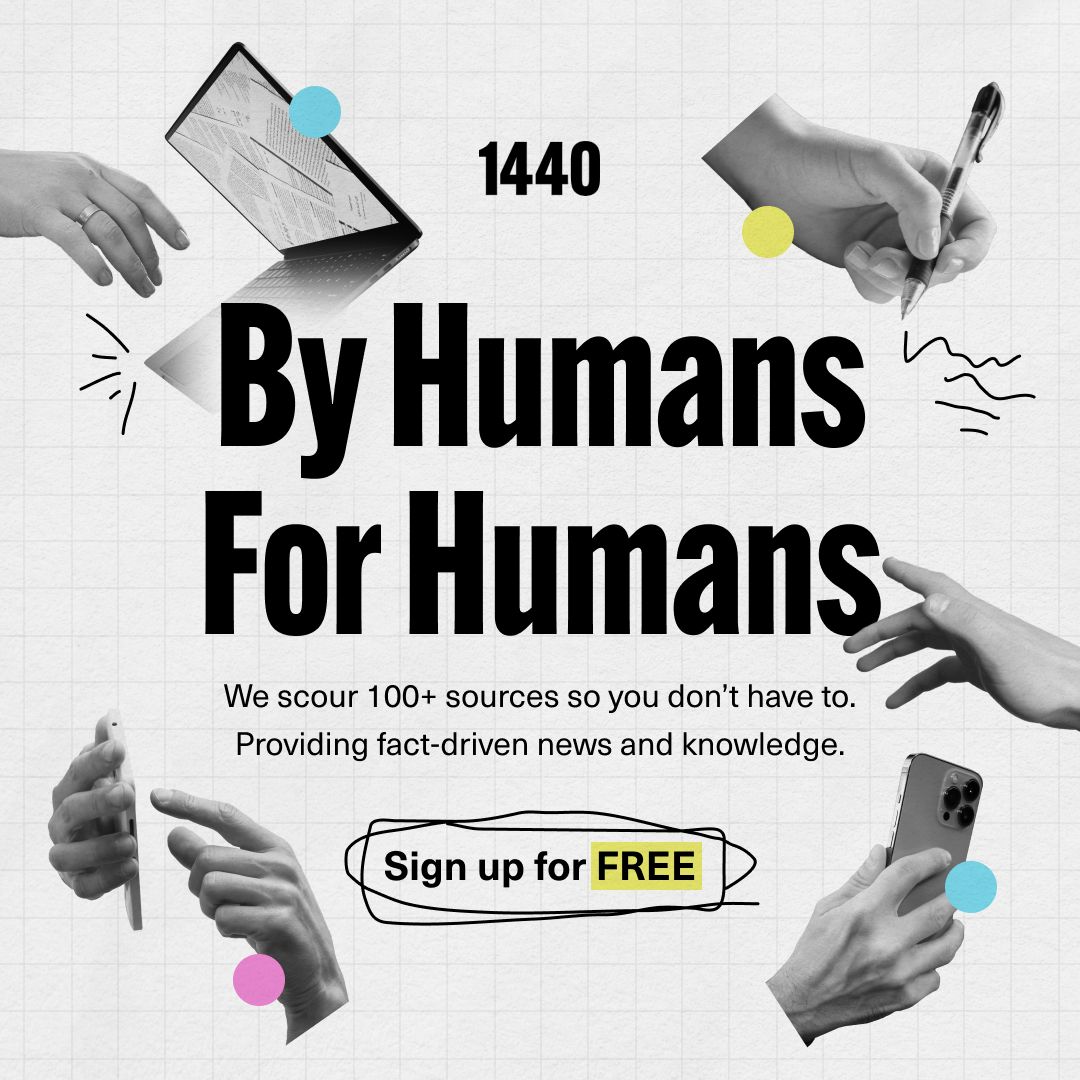- Sabine's Newsletter
- Posts
- Streetlight Chargers, AI Physics, an Artificial Neuron, and Entropic Gravity
Streetlight Chargers, AI Physics, an Artificial Neuron, and Entropic Gravity
This week’s science bits from SWTG

We Could Charge Electric Cars from Streetlights

One of the retrofitted street lights. Image Credits: XB Hu/Penn State
Researchers from Penn State have tested whether electric vehicles can be charged from retrofitted street lights. Their test was conducted on 23 streetlamps in Kansas City. Not only did they find that retrofitting street lamps was considerably cheaper than building chargers, the charging from the street lamps was also faster. In an accompanying paper, they discuss how the solution can be scaled up without leaving us in the dark. I can see this idea becoming reality. Press release here. Paper here.
This week’s episode of Science News is about entropic gravity. Over the past few decades, the idea that gravity is not a fundamental interaction but is instead caused by the increase of entropy has become increasingly popular in the world of physics. Today, we have a paper from a group of physicists who claim that entropic gravity might be the result of space being full of qubits. Let’s take a look.
AI Writes Paper about Quantum Gravity

Researchers from the startup Extensity AI have written a paper about how to find evidence for quantum gravity in gravitational waves from black hole mergers. They used OpenAI’s GPT-5 and Codex models to do the calculations, and then iterated with neurosymbolic software to confirm them. The AI found that if one replaces the singularity with a non-singular core, then that can leave observable traces in the gravitational wave signal, provided the core is large enough. The interesting part here isn’t so much the content of the paper, but that someone is developing a workflow for it. Though it’s foreseeable that OpenAI and Google will soon offer this as well. More info here.
Fact-based news without bias awaits. Make 1440 your choice today.
Overwhelmed by biased news? Cut through the clutter and get straight facts with your daily 1440 digest. From politics to sports, join millions who start their day informed.
Artificial Neuron Can Communicate With Human Cells

Image: The artificial neuron. Credits: Fu et al, Nat Comm 16 8599 (2025).
Scientists from the University of Massachusetts have created artificial neurons that can communicate with human cells, at least in a petri dish. They created the neurons from proteins that are spun by bacteria into thin wire-like threads. They then hooked the neurons up to electrical circuits, which they spike similar to natural neurons – using equally little energy. In another experiment, they hooked the neurons up to heart cells and found that they can exchange signals. One day this could be used to improve the human brain, a development which could solve many problems. Press release here. Paper here.

